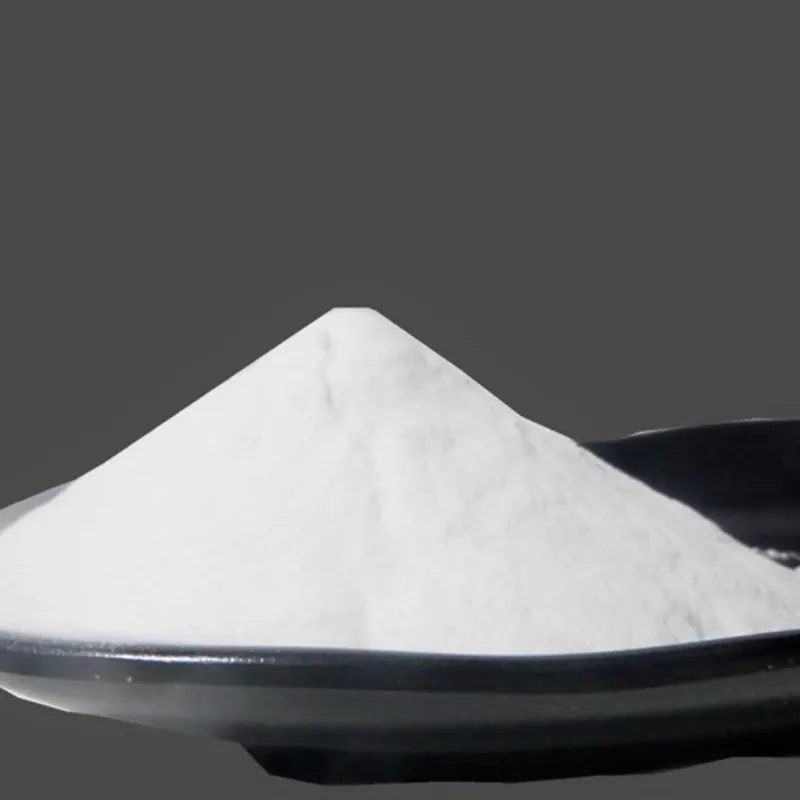
residual solvents
Understanding Residual Solvents Their Impact and Management in Pharmaceutical Manufacturing
In the pharmaceutical industry, the purity and safety of active pharmaceutical ingredients (APIs) and final products are of paramount importance. One critical aspect of ensuring this purity is the monitoring and management of residual solvents. Residual solvents are volatile organic chemicals that may remain in a drug product after the manufacturing process, typically as a result of the materials and processes used to produce the active ingredients. These solvents can have varying toxicological profiles, making their careful assessment a key requirement in drug formulation and quality control.
Residual solvents can enter a product through various pathways, including the solvents used in the extraction of metabolites, the synthesis of intermediates, or the purification processes
. They can also be present in excipients, which are inactive substances used to help deliver the active ingredients effectively. Given their potential health risks, such as carcinogenicity or neurotoxicity, regulatory bodies like the International Council for Harmonisation (ICH) have established guidelines for acceptable limits of residual solvents in pharmaceutical products. The ICH guidelines categorize solvents into three classes Class 1 solvents are prohibited due to their unacceptable toxicity; Class 2 solvents are limited because of potential health risks; and Class 3 solvents are considered acceptable due to their low toxicity profiles.To mitigate the risks associated with residual solvents, pharmaceutical manufacturers must adopt rigorous quality control measures. This includes the implementation of good manufacturing practices (GMP) and the use of analytical methods to accurately measure solvent levels in final products. Techniques such as gas chromatography and high-performance liquid chromatography are commonly employed to detect and quantify residual solvents. These analytical methods ensure that the levels of solvents in pharmaceuticals remain within the acceptable limits set by regulatory agencies.
residual solvents

Moreover, during the formulation development stage, pharmaceutical companies are encouraged to choose less toxic solvents when possible. The use of modern synthetic pathways and production techniques that reduce or eliminate the need for harmful solvents is vital. For instance, employing greener chemistry principles can lead to the development of more sustainable manufacturing processes that minimize the reliance on volatile organic compounds. Techniques such as solvent recovery and recycling can also play a significant role in reducing the overall environmental impact and ensuring compliance with safety regulations.
It is worth noting that the robust monitoring of residual solvents isn't only a regulatory requirement; it also enhances consumer confidence in pharmaceutical products. Patients need to trust that the medications they take are not only effective but also safe. By ensuring that residual solvents are kept to a minimum, companies can uphold their commitment to patient safety and product quality.
In conclusion, residual solvents present both challenges and opportunities within the pharmaceutical manufacturing sector. The potential health risks associated with these chemicals necessitate careful management and adherence to regulatory guidelines. By implementing stringent quality control measures, opting for safer alternatives, and embracing innovative manufacturing processes, the pharmaceutical industry can effectively address the issue of residual solvents. As we advance toward more sustainable and safer drug development practices, the ongoing dialogue and practices surrounding residual solvents will play a crucial role in shaping the future of pharmaceutical manufacturing and patient safety.
-
Pure Sodium Dichloroisocyanurate Dihydrate | Powerful DisinfectantNewsAug.29,2025
-
Industrial Chemicals: Quality & Purity for Every IndustryNewsAug.28,2025
-
Nitrile Rubber Honoring Strict Production StandardsNewsAug.22,2025
-
Aspartame Ingredients Honoring Food Safety ValuesNewsAug.22,2025
-
Fertilizer for Balanced Plant NutritionNewsAug.22,2025
-
Cyanide Gold Processing with High Purity AdditivesNewsAug.22,2025
-
Formic Acid in Textile Dyeing ApplicationsNewsAug.22,2025
Hebei Tenger Chemical Technology Co., Ltd. focuses on the chemical industry and is committed to the export service of chemical raw materials.
-

view more DiethanolisopropanolamineIn the ever-growing field of chemical solutions, diethanolisopropanolamine (DEIPA) stands out as a versatile and important compound. Due to its unique chemical structure and properties, DEIPA is of interest to various industries including construction, personal care, and agriculture. -

view more TriisopropanolamineTriisopropanolamine (TIPA) alkanol amine substance, is a kind of alcohol amine compound with amino and alcohol hydroxyl, and because of its molecules contains both amino and hydroxyl. -

view more Tetramethyl Thiuram DisulfideTetramethyl thiuram disulfide, also known as TMTD, is a white to light-yellow powder with a distinct sulfur-like odor. It is soluble in organic solvents such as benzene, acetone, and ethyl acetate, making it highly versatile for use in different formulations. TMTD is known for its excellent vulcanization acceleration properties, which makes it a key ingredient in the production of rubber products. Additionally, it acts as an effective fungicide and bactericide, making it valuable in agricultural applications. Its high purity and stability ensure consistent performance, making it a preferred choice for manufacturers across various industries.





